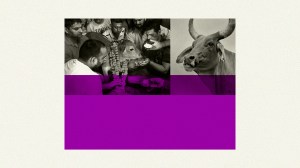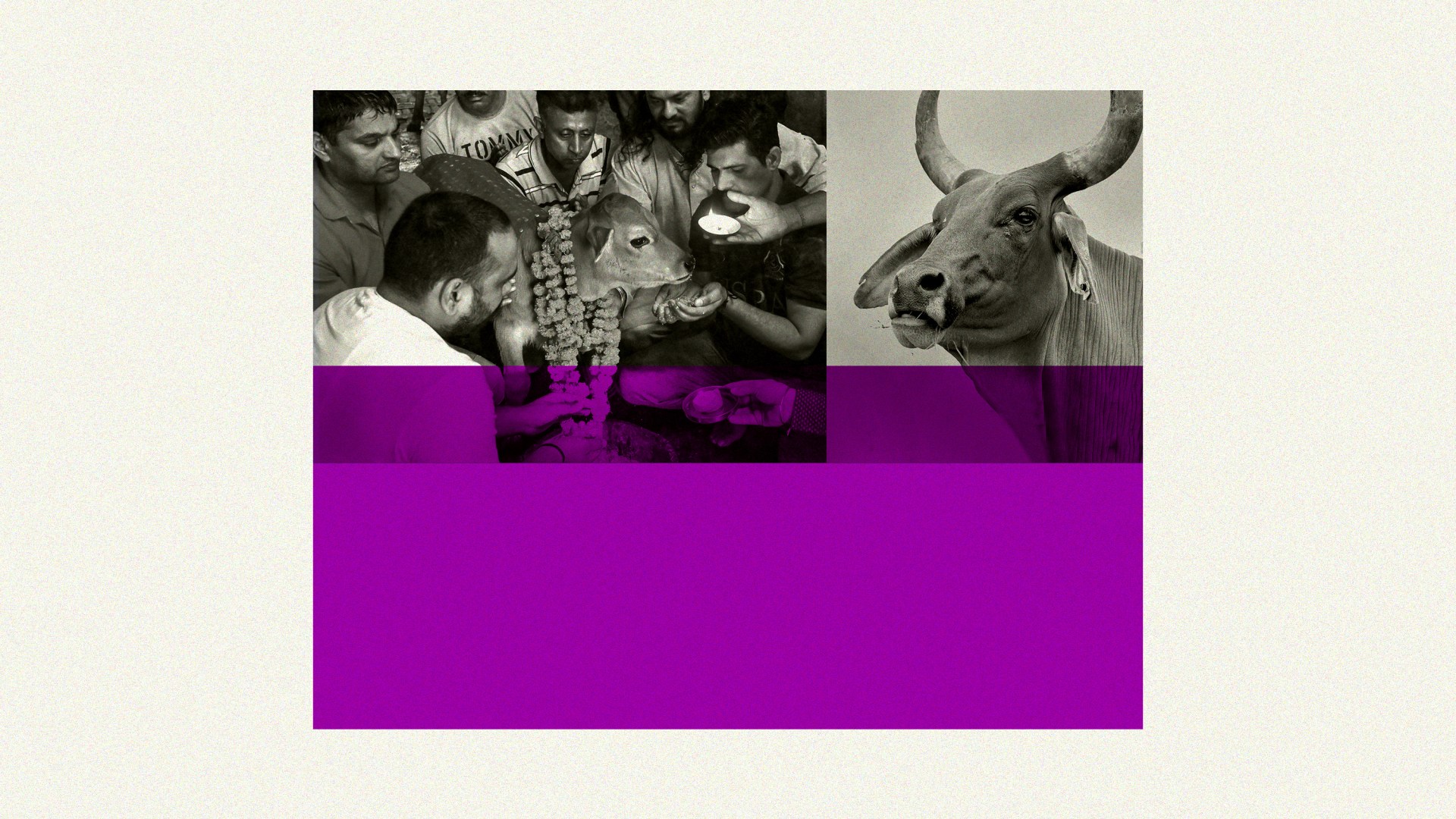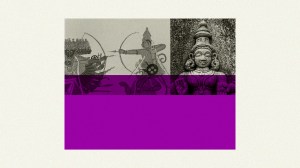In this series


(This is the third of a series. See earlier ones here and here.)
Christians and Jews tend to ask lots of questions about how life began. Hindus tend not to be similarly concerned. Hinduism proclaims no creation as such because the universe goes through endless cycles of creation and destruction. The base unit to compute the length of a cycle is the mahāyuga, which is 4.3 million earthly years. One cosmic day consists of 1,000 mahāyugas, as does a cosmic night, so each is 4.3 billion earthly years long. Some scientists who like long time spans in which evolution could work have harkened to Hindu chronology.
One Hindu notion is that, at the beginning of each cosmic day, all embodied beings come into existence from an undifferentiated something: A soul is reborn many times during a cosmic day. At cosmic nightfall, souls merge back into the cosmos. A cosmic year includes 12 cosmic months of 30 cosmic days, and the cosmos lasts for 100 of them. At the end of the cosmos, a new one emerges and lasts for another 100 cosmic years. This process goes on without end.
Deities and subdeities also cycle in and out without end, but some customs are common among traditional Hindus—for example, reverence for cow’s milk. They say cows are the “greatest givers on this earth today” and are a “complete ecology, a gentle creature and a symbol of abundance” revered as some revere mothers. That’s one reason Hindus do not kill cows, since they would see that as a kind of matricide.
The myths go further. Kamdhenu, a sacred cow and the mother of all cows, emerged from the ocean’s churning and grants wishes and desires. Some Hindus say cows are sanctifying creatures who represent the highest energy in the universe, so a person who kills a cow or eats beef purportedly rots in some form of hell for as many years as there are hairs on a cow.
People can err in many other ways as well, so many Hindu rituals are ways for humans to protect themselves against superhuman wrath. Many Hindus believe that bathing in the Ganges or one of the other six sacred rivers in India can win them karmic merit. Traditional Hindu rituals also include walking clockwise around shrines so a shrine is always on the walker’s right side, said to be spiritually purer than the left. Some Hindus always use the right hand for eating, making religious offerings, and passing money to others.
Some Hindus believe impure thoughts lead to the formation of evil vapors in the mouth, leaving the mouth and its saliva unclean, so some utter Vishnu’s name three times and then sip water. Leftover food is ritually impure, as is food that another human being has touched or smelled. Some see offerings, pilgrimages, or wearing of a sacred thread as ways to direct spiritual entities and forces of nature.
Faced with wrathful big gods, many Hindus look to minor ones for protection. Rural areas in India commonly have a variety of gramadevatas, village goddesses in charge of fertility, as were Aphrodite and Demeter in ancient Greece. Women wanting to be pregnant may pray to the local superhuman power and promise a gift—perhaps a sari or a chicken—when a child is born. Parents take newborns to the local shrine to receive a blessing.
Villages commonly have small shrines near their boundaries dedicated to spirits of disease and illness. These spirits need to be appeased by prayers and offerings,
such as food or pieces of red cloth. Other spirits that demand propitiation include poison deities, tiger deities, and snake deities. Some spirits are seen as living in old trees or at crossroads. Some deities guard crops.
The lack of a clear human-animal divide also leads to animal deities. Airavat is the six-tusked king of elephants, emerged out of the ocean’s churning. The bird Garuda has the head and wings of an eagle, often on a man’s body, and can carry Vishnu on its back. Garuda receives worship as a remover of obstacles. Serpent-god Sheshnag is the king over Patal, an underworld. During intervals of creation, some Hindus say, Vishnu sleeps on Sheshnag’s coils.
Within its big tent, Hinduism has room for thousands of religious sects and scriptures that have grown and developed in a continuous flow for millennia. The Vedas include more than 10,000 verses. Some Hindus say their Brahmanas (books explaining how rituals should be performed), Aranyakas (mystical texts), and Samhitas (deity-praising mantras) are Shruti texts, messages divinely revealed to early sages and passed by word of mouth from generation to generation. The vast corpus of Hindu lore places great authority in the hands of the gurus: Gu means darkness and ru light, so a guru purportedly gives light that drives away spiritual darkness.
Gurus often suggest a path for spiritual advantage, with the bhakti path the most popular: A devotee chooses a personal deity and prays to it with intense love and devotion, and that deity will offer benefits in return. The karma path emphasizes action, with good things happening to a person who keeps caste regulations, performs religious rites, and offers sacrifices. The gyana path emphasizes knowledge, with those walking it purportedly gaining the understanding that will allow them to move closer to deity.















